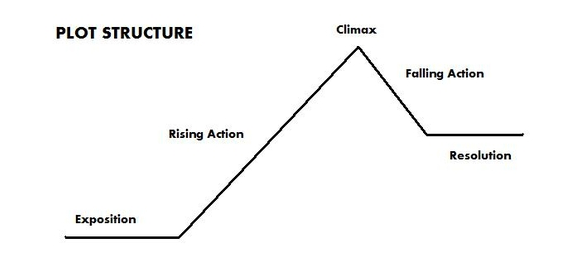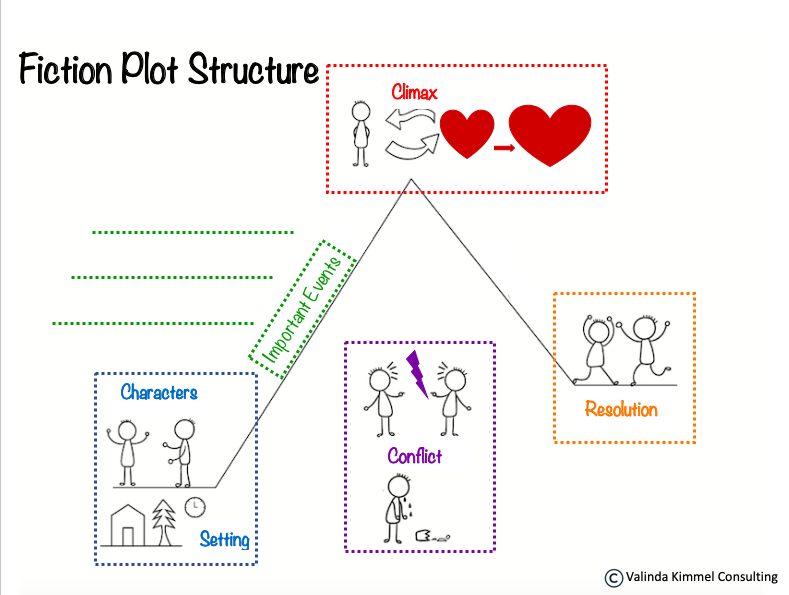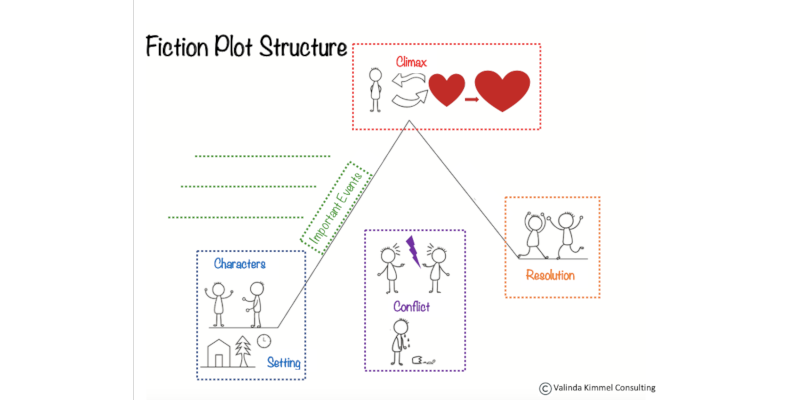A pivotal point in a reader’s journey is when she realizes, either intuitively or explicitly, that the goal of reading is to obtain meaning. Understanding the goal of reading moves our students from Reading as Compliance to Reading as Learning — a critical shift. —Dave Stuart
Reading for meaning should be the goal for all readers. It doesn’t come easy for every reader, however.
There are a multitude of strategies teachers have been exhorted to teach to readers and over the last few decades, unfortunately, teachers have resorted to teaching them in isolation.
Teaching, observing, assessing, differentiating for readers for the past four decades has taught me that teaching skills in isolation is often the worst thing we can do for fragile readers.
More and more I see the need for simplifying what we teach, model, and assign as independent practice for readers. I believe that if there were a magic pill or silver bullet for comprehension, it’s structure. Readers need a way for holding on to information as they read and activating metacognitive thinking about structure aids readers in comprehending text.
Writers hold to certain conventions as they write. Readers can access the structure of the genre the writer has chosen and organize their thinking as they read.
When a reader first identifies they are reading narrative text, they access what they know about the genre and its structure. As they read, they can capture in their mind or on paper (or both, we hope) the structure of the narrative using a plot structure map.

How do we take this structure, model it for students and encourage them to use it as they read?
Depending on the reader, they may need more support in employing the structure to come to great meaning as they read. When I model for kids how I hold on to plot elements as I read a narrative text, I like to use a differentiated tool I designed years ago. Elements are clearly labeled on the plot structure and are in specific colors.

When modeling narrative structure, I have to make it clear that I don’t include every event on my plot map. I want to include several events that were critical for moving the plot forward as they character(s) brought the conflict to a resolution. I also want to make it clear that the climax is a pivotal turnabout in the plot or a change of heart.
Returning to a read-aloud on a subsequent day and mapping the plot of the story in front of kids helps them to see the narrative in a way that they can easily remember. The colors help as a scaffold and when it’s time for retelling or summarizing, we can simply ask kids, “Have you included all the colors from your plot map?” (I shared a summarizing protocol in a blog post a while back.)
When teaching a single plot element in more depth, teachers can have a plot map completed except for the part they are specifically teaching so that the focus is on just that element for the mini-lesson and not completing the entire map. During independent reading, students can be assigned just the element taught that day as their focus as they read. All other parts of the plot map are not to be filled in.
This approach of teaching, modeling and providing independent work capturing elements of plot on a graphic organizer helps students to hold on to the narrative as they read. Once they’ve captured the critical elements, it’s easier to move on to the deeper thinking of analyzing and evaluating theme, author’s craft, literary devices and so on. Readers are not capable of doing the more critical thinking if they cannot independently identify simple plot elements, however.
How do we help our youngest readers use narrative structure? Teachers still model completing the plot map and add the additional scaffold of putting pictures of characters and events with photos placed on the chart instead of text only. Then students use a colored bead bracelet with beads that correspond to the color of the plot element on the map.

Retell and summary work is easier for students when we give them a cognitive structure for recalling plot elements in narrative texts. There is an entirely different structure for nonfiction texts and I’ll share that in a subsequent blog post.
Kids need a tool for holding on to elements of narrative text. Model for them and provide plenty of opportunity for capturing what they’ve read so they can come to deeper meaning as they read.










